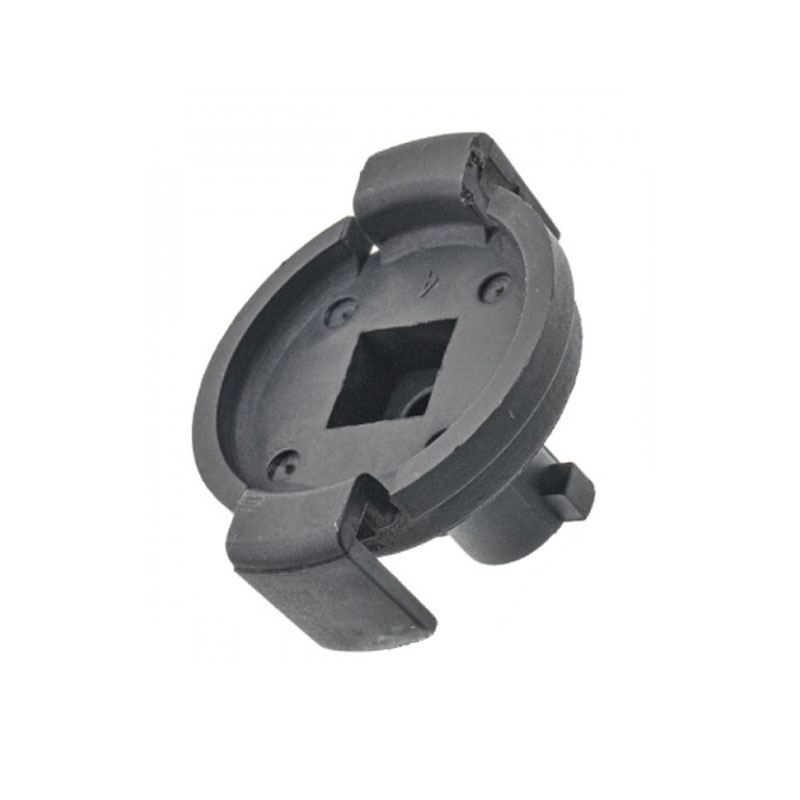High-performance rotary shaft seals for efficient operation in high-pressure applications and enhanced durability
High Pressure Rotary Shaft Seals An Overview
In industrial applications, sealing solutions are paramount to the efficient operation of machinery. Among various sealing options, high-pressure rotary shaft seals play a crucial role, especially in environments where elevated pressures are commonplace. These seals are designed to maintain the integrity of a rotating shaft while preventing fluid leakage, which is essential in hydraulic systems, pumps, and motors.
The Importance of High-Pressure Rotary Shaft Seals
High-pressure rotary shaft seals are vital in preventing the escape of lubricants or hydraulic fluids, which can be costly and detrimental to machine performance. The placement of the seals allows for the containment of these fluids within the machinery, ensuring not only operational efficiency but also environmental safety by reducing the risk of contamination.
The significance of these seals extends beyond mere leakage prevention. They also contribute to the overall reliability of rotating equipment. Without proper sealing, machinery can suffer from wear and tear, increased maintenance costs, and decreased operational life. High-pressure rotary shaft seals mitigate these issues by providing a robust barrier against contaminants and preserving lubrication, thus enhancing the longevity of the machinery.
Design and Material Considerations
The design of high-pressure rotary shaft seals typically includes several components a sealing element, a spring mechanism, and a housing designed to fit specific shaft dimensions. The sealing element is crucial, as it creates the actual barrier between the rotating shaft and the external environment. Common materials used for these seals include elastomers, PTFE (polytetrafluoroethylene), and other specialized compounds that can withstand high pressures and temperatures.
high pressure rotary shaft seals

Choosing the right material is critical; it must be compatible with the fluids being contained as well as capable of withstanding operational demands without degrading. For instance, in hydraulic applications where aggressive fluids might be used, seals made from specialized rubber compounds or engineered thermoplastics may be preferable.
Challenges and Innovations
Despite their advantages, high-pressure rotary shaft seals face several challenges. One of the primary issues is wear due to friction between the shaft and the seal. As machinery operates, this wear can lead to reduced sealing effectiveness and eventual failure. Manufacturers are continuously seeking innovative solutions to enhance seal durability – advancements in materials science and engineering techniques have led to the development of improved seal designs that reduce friction and increase lifespan.
Moreover, another challenge is installation precision. Incorrectly installed seals can lead to premature failure, which highlights the necessity for proper mounting and adjustment procedures. Utilizing advanced manufacturing techniques can help produce seals with tighter tolerances, ensuring an effective fit and performance.
Applications Across Industries
High-pressure rotary shaft seals are employed in various industries, including automotive, aerospace, marine, and manufacturing. In automotive applications, they are commonly found in engines and transmissions, where they prevent oil leaks and contribute to engine efficiency. In the aerospace sector, these seals are essential in hydraulic systems for flight controls and landing gear, ensuring reliability and safety.
In conclusion, high-pressure rotary shaft seals are an integral component of many rotating machinery systems. Their ability to prevent leaks, reduce maintenance costs, and prolong equipment lifespan makes them indispensable in high-pressure environments. As technology continues to evolve, the design and materials used in these seals will likely improve, further enhancing their performance and applicability across diverse industrial sectors. The continuous innovation in high-pressure seal technology will undoubtedly pave the way for more efficient and reliable machinery in the future.
-
The Ultimate Guide to Car Repair Kits: Tools and Essentials Every Driver Should Own
News Aug.01,2025
-
The Complete Guide to Oil Pan Gaskets: Sealing Engine Leaks the Right Way
News Aug.01,2025
-
Preventing Oil Leaks: A Complete Guide to Oil Pan Gaskets and Drain Seals
News Aug.01,2025
-
Everything You Need to Know About Oil Pan Gaskets and Drain Plug Seals
News Aug.01,2025
-
Essential for Car Owners: How to Use a Car Repair Kit to Deal with Minor Breakdown
News Aug.01,2025
-
Comprehensive Guide to Engine Oil Sump Gaskets and Related Seals
News Aug.01,2025
-
The Ultimate Guide to Boat Propeller Bearings and Trailer Wheel Bearings
News Jul.31,2025
Products categories















